
In the realm of throwing knives, one size does not fit all. As the saying goes, ‘Choose the right tool for the job.'
When it comes to determining the right throwing knife for your skill level, a thorough evaluation is essential. This article aims to provide knowledgeable and precise guidance, offering a detailed breakdown of beginner-friendly, intermediate, and advanced throwing knife options.
Whether you seek liberation in the art of throwing or aspire to compete, let us help you find the perfect match.
Key Takeaways
- Beginners should start with lighter knives and shorter lengths for technique and accuracy.
- Intermediate throwers can progress to heavier knives and longer lengths as their skills improve.
- Advanced throwing knives are made from high-quality materials, have balanced weight distribution, and offer a comfortable and secure grip.
- Competition-level throwing knives should be selected based on skill level, blade material, and handle grip.
Evaluating Your Skill Level
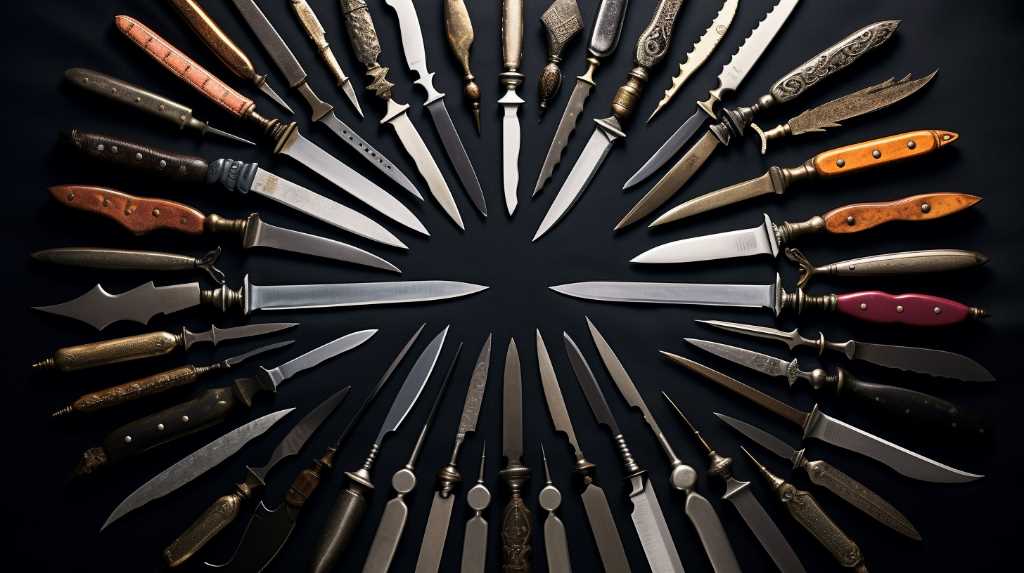
When evaluating your skill level, it is important to consider how proficient you are in handling throwing knives.
To determine your skill level, assess your accuracy, precision, and consistency in throwing knives.
Accuracy refers to your ability to hit the target consistently, while precision refers to your ability to hit specific areas of the target. Consistency, on the other hand, refers to your ability to replicate your throws accurately.
Understanding your skill level is crucial in selecting the right throwing knife as it will dictate the weight, length, and balance that suit your abilities.
For beginners or those with limited experience, lighter knives with shorter lengths and balanced designs are recommended.
As your skills progress, you can transition to heavier knives with longer lengths, allowing for more power and distance in your throws.
Choosing a Beginner-Friendly Throwing Knife
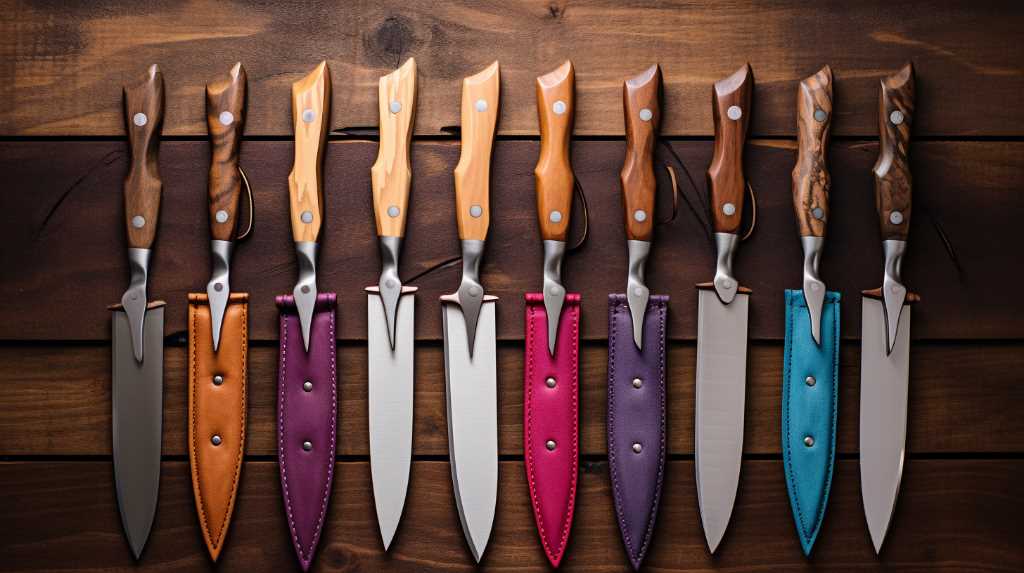
To ensure a beginner's success in learning the art of knife throwing, it is essential to carefully select a beginner-friendly throwing knife that meets their skill level and preferences. Here are some factors to consider when choosing the right throwing knife:
- Weight: Beginners should start with a lighter knife to develop their throwing technique and accuracy. Lighter knives are easier to throw and control, allowing beginners to focus on their form. As skills improve, they can gradually transition to heavier knives for longer distances and more power.
- Blade Length: Beginners should opt for shorter blades to minimize the risk of injury and facilitate learning. Shorter blades are easier to handle and control, reducing the chances of accidents. As proficiency grows, longer blades can be explored for increased challenge and variety.
- Handle Design: Beginners should choose a knife with an ergonomic handle that provides a comfortable grip. A comfortable grip allows for better control and accuracy during throws. As skills progress, experimenting with different handle designs can enhance versatility and adaptability.
Advancing to Intermediate Throwing Knives
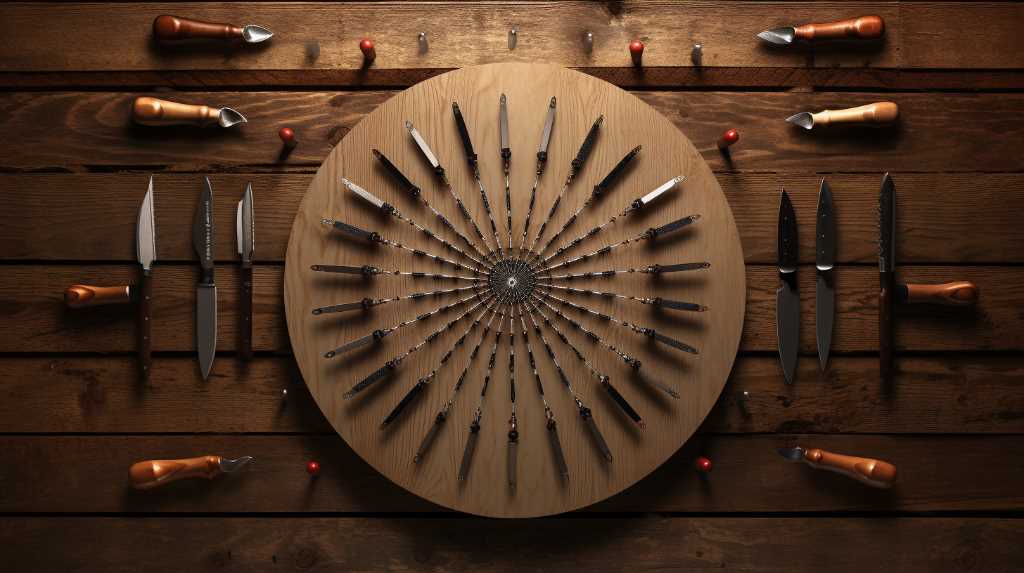
The progression from beginner to intermediate throwing knives involves honing one's precision and finesse, allowing for a more refined and controlled execution of throws. As one gains experience and confidence, it becomes crucial to choose the right throwing knife that matches their skill level.
Intermediate throwing knives are designed to meet the needs of practitioners who have surpassed the basics and are ready to tackle more challenging techniques. These knives often feature a balanced weight distribution, ensuring consistent rotation and accuracy during throws. Furthermore, they are typically made from high-quality materials such as stainless steel or carbon steel, offering durability and longevity.
The blade length and thickness may vary, depending on the individual's preference and throwing style. It is important for individuals seeking liberation in their throwing skills to carefully consider these factors to ensure their progression to become a proficient intermediate thrower.
Exploring Advanced Throwing Knife Options
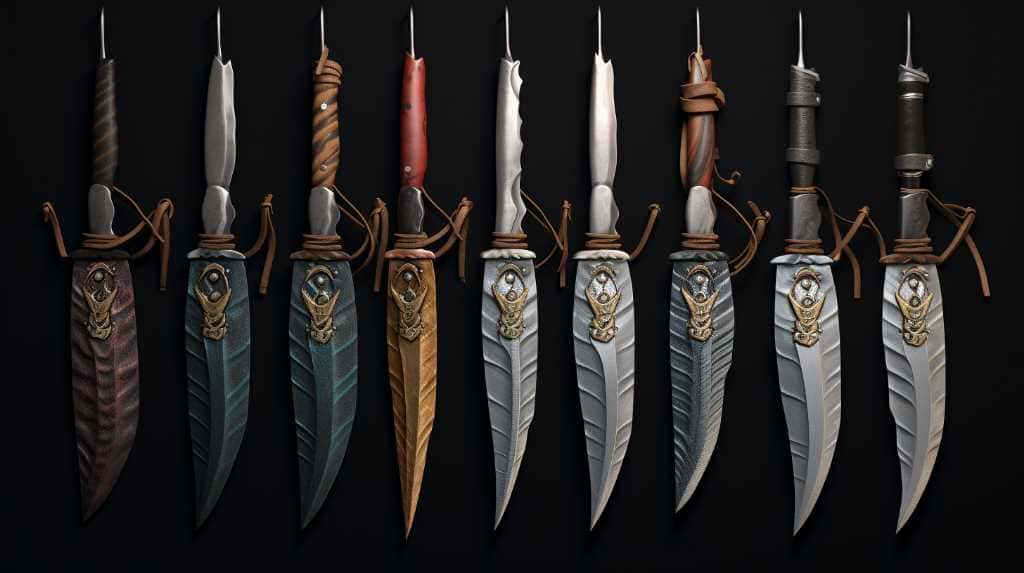
Manufacturers offer a wide range of advanced throwing knife options, including custom-made designs and specialty models, that cater to the diverse needs and preferences of experienced throwers.
When considering advanced throwing knives, there are several factors to take into account:
- Blade Material: Advanced throwing knives are typically made from high-quality stainless steel or carbon steel, which offer excellent durability and balance.
- Design and Weight: Advanced throwers often prefer knives with a balanced design and weight distribution to ensure consistent and accurate throws.
- Handle Grip: A comfortable and secure grip is crucial for advanced throwers, as it allows for better control and accuracy.
- Blade Length and Shape: The length and shape of the blade can significantly impact the knife's flight and sticking ability.
Selecting Competition-Level Throwing Knives
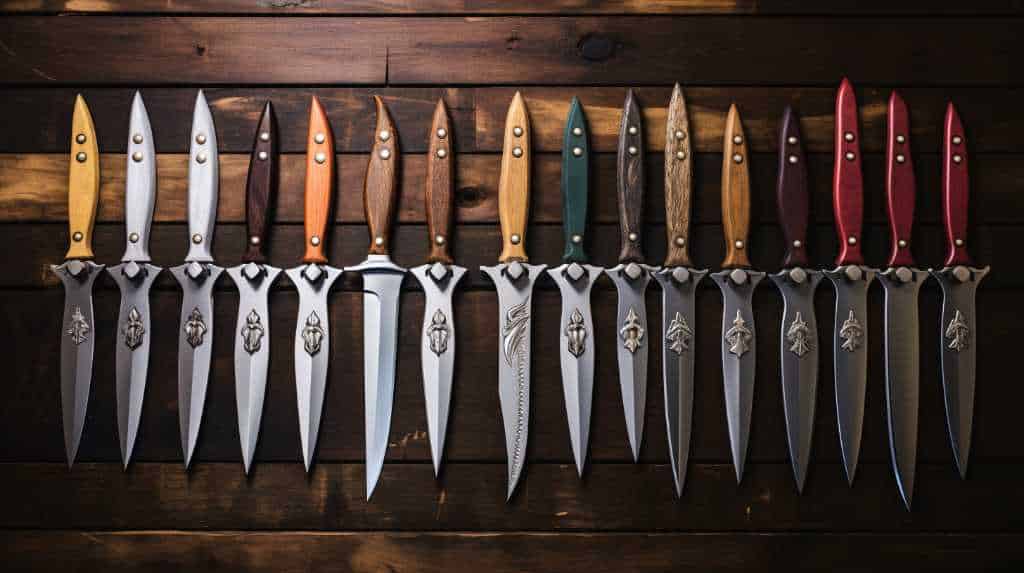
When selecting competition-level throwing knives, throwers must carefully consider the blade material and handle grip to ensure optimal performance and accuracy.
The blade material plays a crucial role in determining the knife's durability and ability to retain its sharpness. High-carbon stainless steel or carbon steel blades are commonly preferred due to their excellent strength and edge retention properties. These materials are also resistant to corrosion, ensuring longevity and performance even in adverse conditions.
Additionally, the handle grip is vital for maintaining control and stability during throws. Many throwers prefer handles made from materials like rubber, paracord, or micarta, as they offer a secure and comfortable grip. The handle design should also provide ample space for the thrower's fingers, allowing for a consistent and controlled release.
Frequently Asked Questions
What Are the Different Types of Throwing Knives Available in the Market?
There are various types of throwing knives available in the market, each designed with specific features and characteristics. Understanding these different types can help individuals choose the right knife for their throwing needs and skill level.
Are There Any Safety Precautions That Should Be Taken While Using Throwing Knives?
When using throwing knives, it is essential to prioritize safety. Proper precautions such as wearing protective gear, maintaining a safe distance from others, and practicing in a controlled environment are necessary to prevent accidents and ensure a safe throwing experience.
Can Throwing Knives Be Used for Self-Defense Purposes?
Throwing knives can be used for self-defense purposes, as they can incapacitate an assailant from a distance. However, it is important to note that proper training and skill are necessary to effectively and responsibly use throwing knives in such situations.
Are There Any Specific Techniques or Throwing Styles That Should Be Learned for Using Throwing Knives Effectively?
To effectively use throwing knives, it is essential to learn specific techniques and throwing styles. These techniques allow for accurate and controlled throws, ensuring the knives land precisely where intended.
Are There Any Maintenance Tips for Keeping Throwing Knives in Good Condition?
To maintain throwing knives in optimal condition, it is important to regularly clean and oil the blades, check for any signs of wear or damage, and store them in a secure and dry location.
Conclusion
In conclusion, selecting the right throwing knife for your skill level requires a thorough evaluation of your abilities.
Beginners should opt for beginner-friendly knives that offer easy handling and control.
As your skills improve, you can progress to intermediate knives that provide a bit more challenge.
For those seeking advanced techniques and precision, exploring advanced throwing knife options is recommended.
Finally, if you are interested in competition-level throwing, selecting knives specifically designed for competitive use is crucial.

